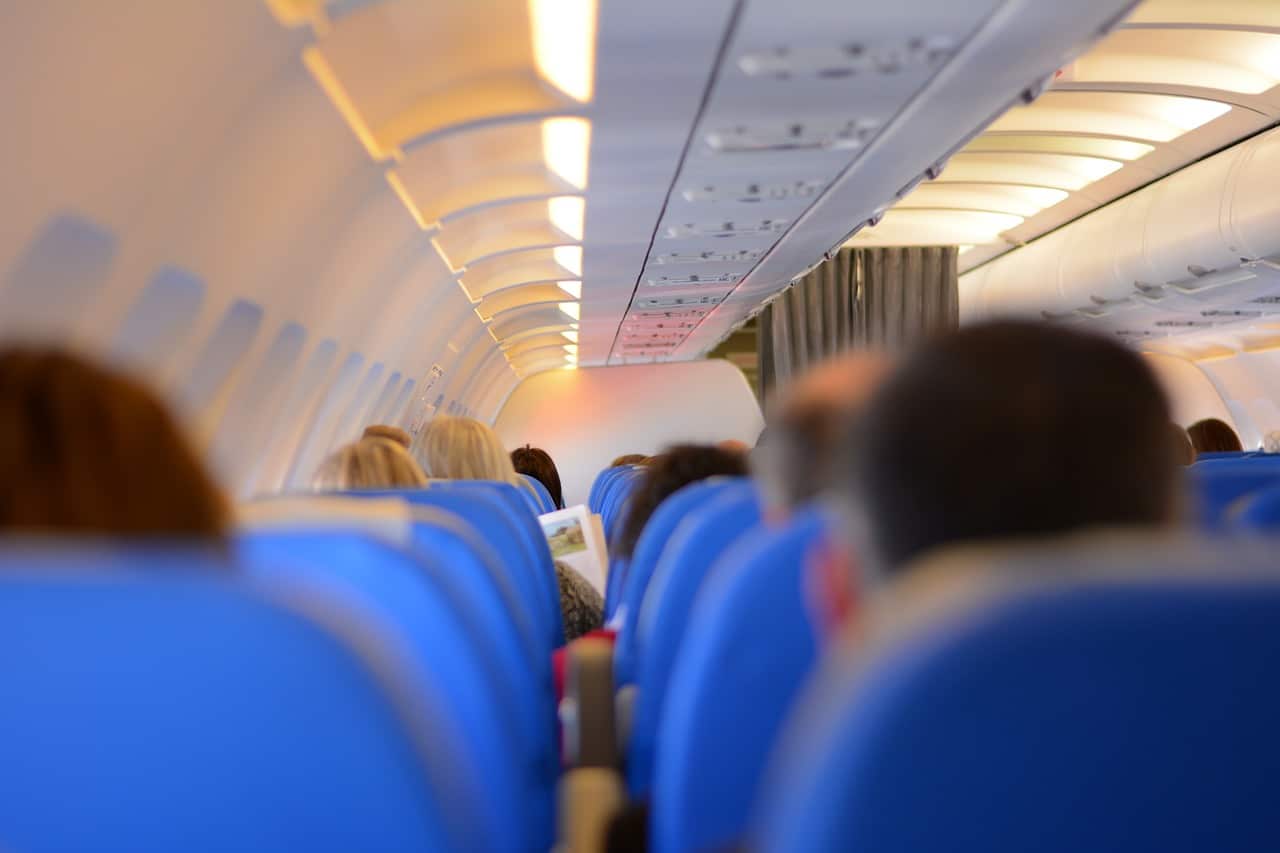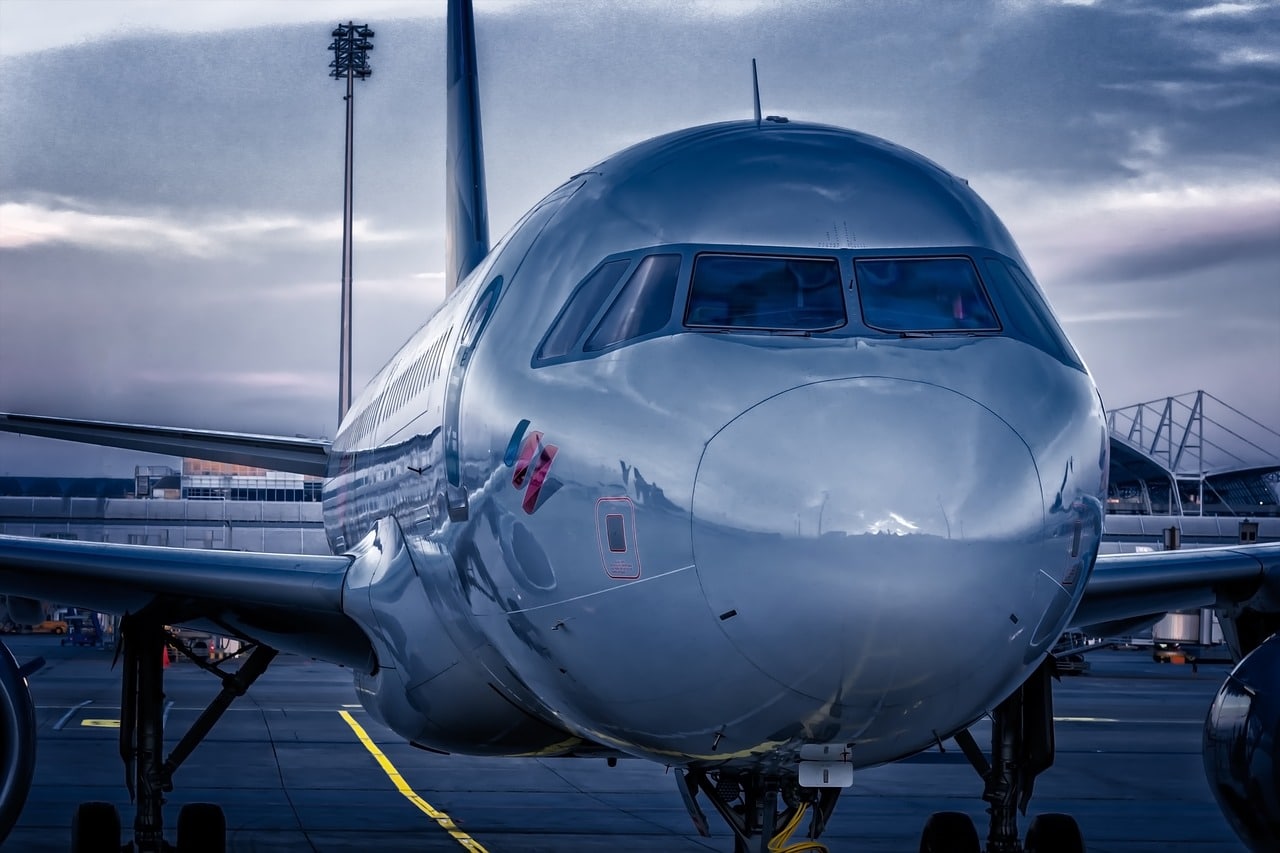If you had asked the general population in the year 1900 if they thought that flight was possible, the majority would have said it couldn’t be done. However, in 1903, the Wright Brothers proved the world wrong with the first successful airplane flight.
Since that time, technology in airfare has continued to prove people wrong with technology they might have previously imagined impossible. Updates to the aircraft’s efficiency, flight deck systems and other essential technological components continue to astound and amaze. In fact, there have recently been several breakthroughs in airfare technology that have shifted airfare as we know it.
“Usually, a major industry-wide overhaul to passenger experience happens once every decade or two,” explains Benjamin Zhang of BusinessInsider. “We are currently in such a generational shift. Innovations such as new composite-bodied airliners liked the Boeing 787 and the Airbus A350, as well as technologies like satellite-based internet and geared turbofan engines, come to mind.”
There are also many different technologies in the works that are impressive, to say the least. Let’s take a closer look.
IMAGE: PIXABAY
Prescriptive Maintenance
Surprises are the riskiest factor in aviation, but prescriptive maintenance and analytics help control them. It combines predictive analytics and maintenance checklists to prepare airplanes for nearly any eventuality.
It’s primarily used for recognizing the strengths and weaknesses of a given system and producing a safer, more efficient aircraft.
“By applying machine learning and analytics to operational data generated by critical assets to gain a better understanding of asset performance, companies can act on these insights as part of a continuous improvement process,” explains Matt Bellias of IBM.
Bellias also points out that machine learning and constant data collection are critical to the success of each system.
“By evolving from time-based, to condition based, to predictive and prescriptive maintenance, companies are evolving their maintenance systems from being simply efficient to becoming truly strategic,” he concludes.
Autonomous Flights
Although we have yet to see a passenger flight that’s fully autonomous (and it may be decades before we do), the use of autonomous technology occupies a large space in aviation.
This is primarily showcased with the use of drones, which are used in both commercial and military applications. This advancement has made major strides over the last few years, introducing new military drone uses as well as commercial services, like Amazon’s same-day drone delivery service.
Many drones are remotely controlled from a control center, but more and more are dropping the human element. They’re installed with GPS coordinates that take them to their designated location and back. Many military drones also have an element of machine learning that allows them to more effectively surveil an area.
We may eventually see autonomous passenger flights as well. The benefits of this system are primarily financial. It’s estimated that replacing pilots with autonomous technology could save the airline industry $30 billion. However, the general public first has to get over their fears of flying in an aircraft without a human in the pilot’s seat.
Enhanced Vision Systems
Exterior vision for pilots has always been a chief concern in airfare. This is one reason that air traffic is so tightly monitored with a control tower and controllers on the ground. Without an integrated system including Air Traffic Control, vision systems, specialized cameras, radar, and other technologies, it would be impossible to maintain vision.
Newer technologies include enhanced vision systems (VS) that provide images surrounding the plane on the flight deck displays. It’s ideal for low-visibility situations like haze, fog, and darkness. Thanks to this technology, we have far fewer weather-related delays.
Augmented Reality In Training And Real Life
There’s a shortage of personnel in the airline industry, owing to factors “including the rapid expansion of airlines in the Middle East and Asia-Pacific, a lack of training structures in many of these countries, limited spots for necessary trainings and obstacles to achieving full certification quickly due to necessary hours and the limits of a highly regulated industry,” explains Michael Berecz, Vice President of Global OEMs, Kapco Global.
He points out that pilots, air traffic control, and other personnel are using augmented reality to train people anywhere, despite challenges associated with a location, required hours, and certifications.
“While not yet used on a grand scale, companies… are using the remote guidance available through this technology to help fill the training void,” he says.
The world of airfare as we know it would baffle even dreamers like the Wright brothers, and it continues to change with each advance. A hundred years from now, we’ll hardly recognize the aviation industry.
If you are interested in even more technology-related articles and information from us here at Bit Rebels then we have a lot to choose from.


COMMENTS